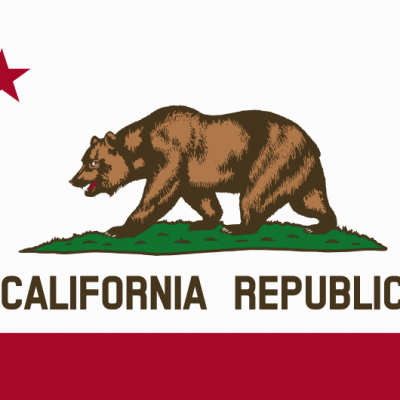Cost of Housing Drives Immigrants to Portland Suburbs
Friday, October 31, 2014

Photo credit: istock
In the Portland-Vancouver-Hillsboro area, 13 percent of the population is foreign born, a 40 percent increase from 2000. Of those immigrants, 62 percent live in the suburbs. That is a 72 percent increase over the last 13 years.
Most immigrants in the Portland area are concentrated in the Gresham suburb up to Southeast 82nd Avenue and in the Beaverton, Hillsboro, and Cedar Mill areas according to information from the United Sates Census Bureau.
Charles Rynerson, a demographer with the Population Research Center at Portland State University, explained these neighborhoods offer housing attractive to immigrants on two levels.
“It’s the sweet point between affordability and family comfort,” Rynerson said of those specific Portland suburbs.
Rynerson explained houses in the suburbs tend to be older, usually by 30 or 60 years, dropping the price. They are also larger, making them more suitable and cost-effective for large immigrant families than a studio apartment in downtown Portland.
Hacienda CDC owns 400 affordable housing units in downtown Portland, but Executive Director Victor Merced said they would build more if they had the funds. The economic downturn and the high cost of timber drove up housing prices, which Merced doesn’t see changing for a while. He also sees an influx of new immigrants coming into the state if immigration reform legislation makes it easier to become a citizen.
“The need for affordable housing is not going way,” Merced said. “It’s not something we can build out of now, but we need to address it.”
Gentrification and Revitalization Driving Home Prices up in Portland

Photo Credit: ToGa Wanderings via Compfight cc
The U.S. Census Bureau’s American Community Survey counted 523,000 immigrants who moved to the U.S. between 2012 and 2013, a higher amount than the previous two years. Immigrants currently make up 13.1 percent of the population.
Linda Castillo, director of leadership and civic engagement with the Latino Network, said Latin Americans fleeing drug cartels and political violence in their home countries are driving much of the immigration increase. Castillo believes fewer people are receiving refugee status in the United States, so they are now being counted as immigrants instead.
“People want to survive and put food on the table for their families,” Castillo said.
Castillo pointed out the positive outcomes for immigrants in the suburbs. Beaverton and Hillsboro, which have high Latino populations, have implemented more school programs geared towards those nationalities, Castillo said. Bremner added immigrants add ethnic depth to these communities.
The chamber of commerce in Hillsboro said immigrants are bring new business opportunities in their area. President Deanna Palm said in the last few years houses of worship, restaurants, and grocery stores from different cultures have sprung up all over town. Palm said it not only good economically, but enhances the quality of life for residents of all backgrounds.
“You’re not just focusing on your own cultures, but expanding,” Palm said. “It adds richness to the fabric of our community.”
Related Slideshow: 6 States With The Highest Homelessness Rates
These six states all had at least 300 out of 100,000 people homeless in 2013.
















 Delivered Free Every
Delivered Free Every
Follow us on Pinterest Google + Facebook Twitter See It Read It